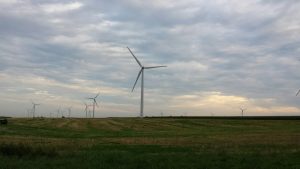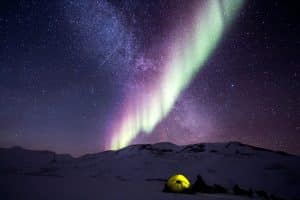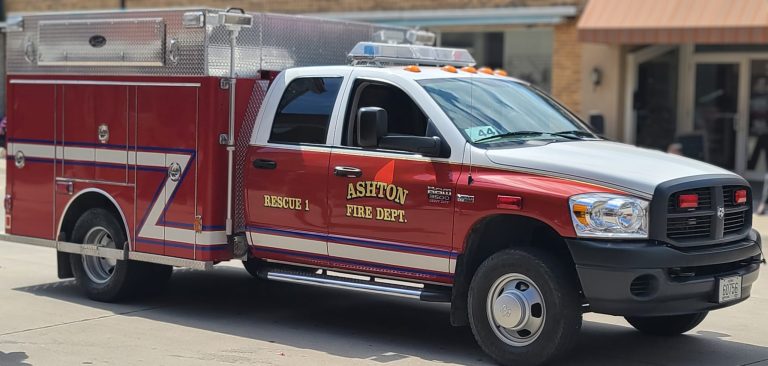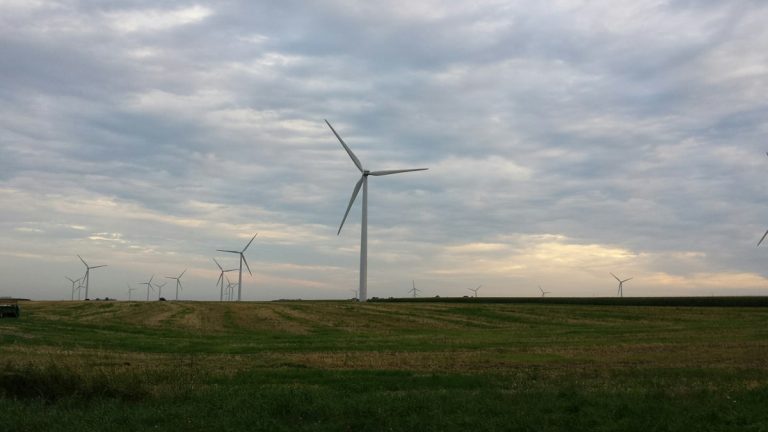
Northwest Iowa — It’s called the “northern lights”, and it’s technical term is Aurora Borealis, and it isn’t often visible in the broadcast area, but it was visible Thursday night.
The northern lights are a frequent occurrence in Alaska and Canada, but not as far south as our broadcast area.
According to the National Oceanic and Atmospheric Administration, or NOAA, and the Space Weather Prediction Center, or SWPC, on Thursday night there commenced what they classify as a “G4 (Severe) Geomagnetic Storm”. They say that it is a severe disturbance in Earth’s magnetic field.
The SWPC says that the lights are resultant of particles from the sun colliding with Earth’s upper atmosphere. The Earth is continually exposed to these particles, but they are faint, and are usually not visible to the human eye. The Earth has a magnetic field that diverts these particles, making them attracted to the polar regions, forming two ovals approximately centered on the poles. During major geometric storms, however, the SWPC says that these ovals grow away from the poles, sometimes to the level where the lights can be seen as far south as much of the continental United States. As the particles collide with the oxygen and nitrogen atoms and molecules in Earth’s upper atmosphere, they transfer their energy to the atmosphere, creating higher energy states to these molecules. As the molecules relax back to their lower energy states, they release the energy in the form of light.
The SWPC says that the aurora typically forms around 50 to 300 miles above the surface of earth, and are harmless to life on Earth. It can, however, cause power disruptions, as well as disruptions in satellite communications and radio and television broadcasts.
We spoke with Linda Burkhart, the Director of the Sanford Museum and Planetarium in Cherokee about the rarity of northern lights being visible in our area.
Burkhart tells us that this is the time of the year that we would be most likely to see the rare event in our area.
This particular period is expected to last through the 26th according to Burkhart.
Burkhart reminds us that the sun, and the northern lights are unpredictable.
According to the SWPC, the best place to observe the aurora is between the latitudes of about 60 and 75 degrees, as at these latitudes the aurora can be observed on more than half the nights of the year. Sheldon, however, is at 43 degrees north, so we are between about 1,200 and 2,200 miles south of that region.
We are told that, although far from certain, there is a possibility to see the lights tonight if it is a clear dark sky, between 9:00pm and 1:00am.














